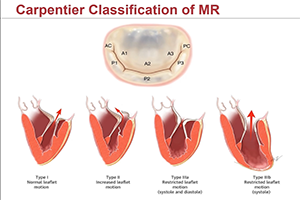Transcatheter mitral valve replacement: latest advances and future directions
Abstract
Mitral regurgitation remains the most common form of valve disease worldwide and given an aging population with a significant proportion of secondary mitral regurgitation, a transcatheter approach to mitral valve replacement has become a major goal of the transcatheter therapeutics field. Mitral regurgitation can be caused by disease of the leaflets (primary) or by diseases of the left atrium or left ventricle (LV) (secondary or functional), and may involve overlap of the two (mixed disease). The location of the mitral valve (and large size), the approach to anchoring a valve replacement, and concerns about left ventricular outflow tract (LVOT) obstruction are all issues that have made the transcatheter delivery of a valve replacement challenging. Despite these challenges, both transapical and transseptal devices are currently being developed, with several in early feasibility trials and several entering pivotal trials. As the field of transcatheter mitral valve replacement (TMVR) improves and develops, a critical part of evaluating patients with mitral valve disease will be utilizing the heart team approach to identify and individualize the most appropriate treatment for each patient.
Cover






